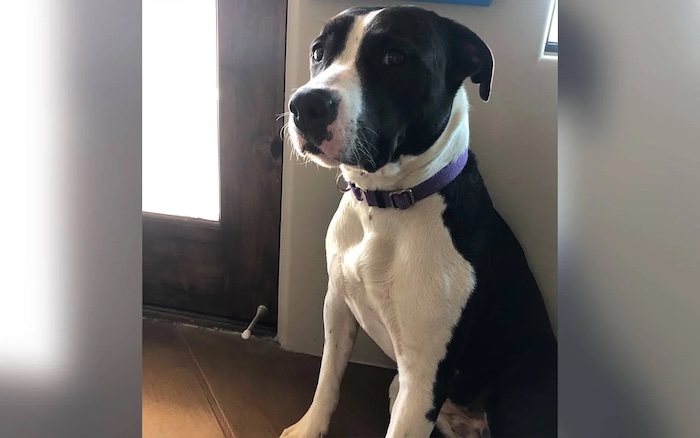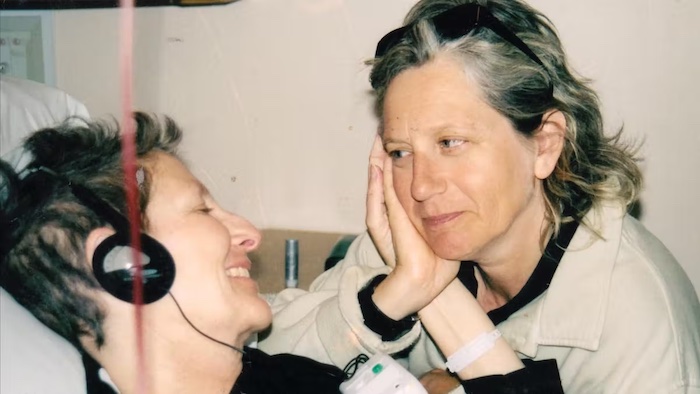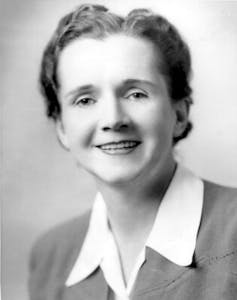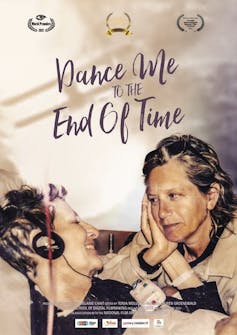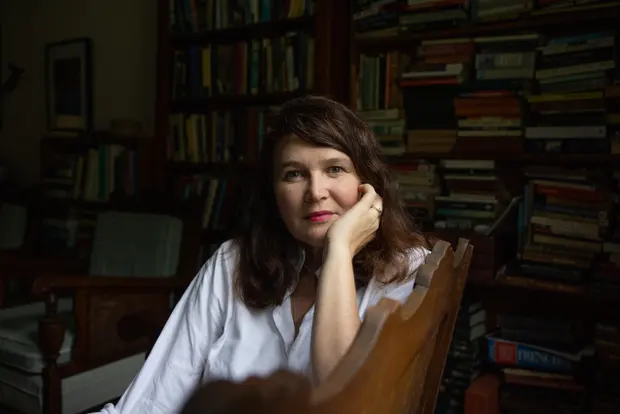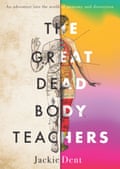— Death and rebirth during a renowned religious ceremony
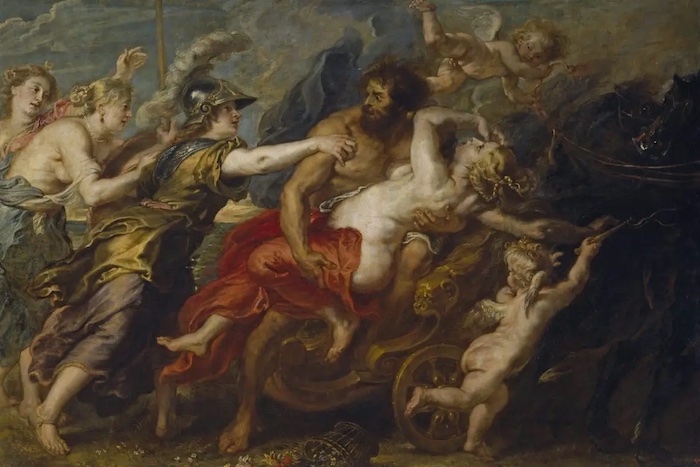
The Pat Goggins
Going back as far as 3,500 years ago in ancient Greece, followers of a cult to the goddess Demeter participated in a secretive and profound religious ceremony during which they consumed a hallucinogenic drink. The rituals were meant to reenact the story of the goddess’ loss of her daughter to the god of the underworld, and their subsequent reunion.
Symbolizing death and rebirth, the ceremony, called the Eleusinian Mysteries, was meant to elicit feelings of awe, joy, and spiritual enlightenment, and to give followers a deeper understanding of life and death. Amplified by the consumption of a psychedelic potion, the ritual is thought to have brought on a mystical out-of-body experience, similar to how many people today describe a psilocybin or LSD trip. Psychedelics are having a resurgence today, and research shows the many benefits of the substances, including, simply, leading a fuller life and feeling more connected to the world. The Mysteries were an essential rite of passage to many ancient Greeks, and their importance is hard to understate. These ancient perceptions of psychedelics and the Mysteries can help us understand the power of these substances and the benefits they offer today.
What were the Eleusinian Mysteries?
Eleusis is a town just northwest of Athens, Greece, an agricultural society out in the countryside, and a setting ripe for a cult to Demeter, the goddess of the harvest and the bringer of a bountiful crop. More importantly, it’s a place where wheat or barley likely grew, which are the probable sources of the psychedelic substance in the kykeon, the psychedelic drink consumed during the Mysteries.
Meaning “to stir, or mix” in Greek, the kykeon was thought to have contained an ergot fungus from the barley plant, a substance similar in structure to today’s LSD. There is some debate as to whether the kykeon was psychedelic or not, but famed chemist Albert Hofmann, most known for discovering LSD, makes a strong case for the ancient Greeks having access to this psychedelic fungus.
The origin of the Eleusinian (usually pronounced el-oo-SIN-i-an) Mysteries is somewhat hazy, but it stretches back to at least 1500 BCE, if not before. People from all walks of life took part: rich, poor, men, women, slaves, foreigners; as long as you could speak Greek, you could participate. Even some Roman emperors participated.
For six months before the ceremony, participants learned rites and rituals for the ceremony—called the “lesser Mysteries”—and then in the fall, it began: Participants walked in a procession from Athens to the temple of Demeter at Eleusis, spent nine days there, and then walked in a procession back to Athens, renewed by the experience.
The treks to and from the temple likely symbolize Persephone’s descent to the underworld, and then her ascent back to the land of the living to be with her mother (more below). At the temple, not much is known—hence, why it was called the “Mysteries”—because speaking of the rituals was punishable by death. There is some evidence of animal sacrifice, and the psychedelic kykeon was consumed during the time at the temple.
Persephone is a fascinating figure in Greek mythology, straddling the line between life and death: She is both daughter of the harvest and queen of the underworld. Every year, she dies and is reborn—in revering her, the ancient Greeks sought to find out what secrets she held of life and death.
In polytheist ancient Greece, Demeter was the goddess of the harvest, responsible for a bountiful crop, which fed humankind, whom the gods created in their image. She had a beautiful daughter named Persephone (usually pronounced per-SEH-fuh-nee), who caught the eye of Hades, god of the underworld. One day, Hades abducted Persephone, taking her to the underworld to be his wife. While there, she ate the seeds of a pomegranate, imprisoning her there, according to divine law.
Demeter was inconsolable at the loss of her daughter and so the crops withered and died, and humankind began to starve. The goddess searched for her daughter for nine days and ended up in the town of Eleusis, where the town took her in. Eventually, she commanded them to build her a temple, where the Mysteries eventually took place.
The other gods were distraught at the humans dying, so Zeus, king of the gods, went down to the underworld and struck a deal with Hades: For half of the year, Persephone would reside in the land of the living with her mother, Demeter, and for the other half, she would live in the underworld with Hades as his wife.
When Persephone came back to the land of the living, Demeter was overjoyed and the crops flourished; but six months later, Persephone had to return to the underworld, Demeter became sad, and the crops began to wither and die again. The cycle repeated year after year.
Persephone’s story explains the changing of the seasons in ancient Greece: fall begins with her descent, Demeter’s sorrow, and the crops dying, and spring occurs with her ascent back to the land of the living, Demeter’s joy at their reunion, and the crops flourishing.
What purpose did the Mysteries serve?
There’s no doubt that the Mysteries were a rite of passage to many in ancient Greece. The intense, six-month preparation for the ceremony and the diversity of people who participated in them point to the importance of the experience across ancient Greek culture. The ceremonies also existed for more than 2,000 years, and it took the spread of Christianity to wipe out the practice.
The spiritual aspects of the ceremony relating to the goddesses Demeter and Persephone are obvious, but when the practice of drinking the psychedelic kykeon is added to the experience, the Mysteries gain a deeper, more profound meaning.
The way that ancient Greeks described these ritualistic experiences are similar to modern descriptions of tripping on psychedelics. Even the benefits that Greeks received from participating in the Mysteries mirror the benefits of psychedelics consumed in scientific studies today, including opening the doors to a more fulfilling and satisfying life, better coping with loss and death, and gaining a deeper understanding and appreciation of the world, among others.
We have the advantage of scientific study today, and current research shows the benefits of “mystical experiences” brought on by psilocybin, as well as “experiencing God” or an “ultimate reality,” resulting in greater life satisfaction, purpose, and meaning, even decades after the initial psychedelic experience.
Some descriptions of what participants underwent during the Mysteries are similar to the experience of ego death today, or the loss of self, often experienced during a psychedelic trip. Disassociation, hallucinations, fear, joy, a mix of other emotions, and a deeper understanding of the world are all experiences described during both the Mysteries and a psychedelic trip. The dissolution of the ego can lead to the feeling of oneness with the world, helping to break unhealthy thoughts and behavior patterns.
Participants were also said to have returned from the ceremony full of joy and happiness, with the fear of death diminished. Philosopher Plato reportedly participated, and said that the Mysteries were a purifying experience, and those who participated “shall dwell with the gods.” Ancient texts talk of the intense sensory experience of the Mysteries, speaking of a “marvelous light” and a “huge fire,” perhaps similar to hallucinations seen while on psilocybin or LSD.
Today, psilocybin and other psychedelics are also being used to treat end-of-life anxiety and help people with terminal illnesses cope with death. In another study, 67% of participants rated a psilocybin experience to be the single most meaningful experience of their life, or in the top five most meaningful experiences.
The Greeks knew the power of the Mysteries and the kykeon, and closely guarded their secrets. Psychedelics, and the story of Persephone’s continual death and rebirth, can help us all come to terms with death and appreciate life for what it is.
Complete Article ↪HERE↩!

